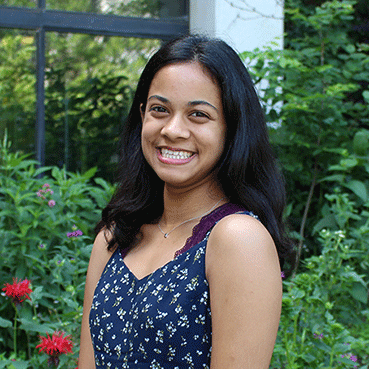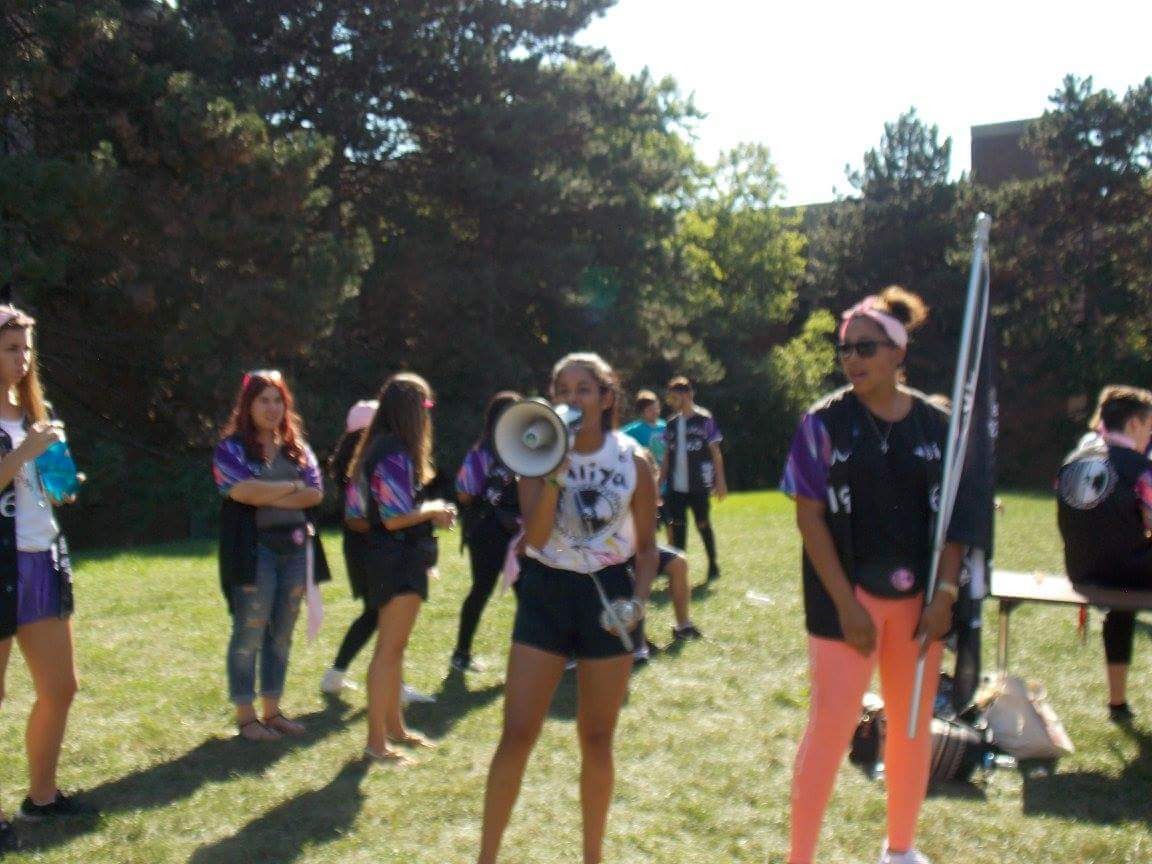 This blog is an archived post written by Aliya during her 2nd year in the Environmental Management stream.
This blog is an archived post written by Aliya during her 2nd year in the Environmental Management stream.
 When first starting university, one of the things I noticed was that half the time I had no idea what anyone was saying. There were all of these abbreviations, short forms and slang that all sounded like gibberish to me. I never knew that all this special university language created by the students and staff would form into its own culture. So to clear things up for some new incoming students to York and Environmental Studies, here is a quick lay down of the university lingo you need to know!
When first starting university, one of the things I noticed was that half the time I had no idea what anyone was saying. There were all of these abbreviations, short forms and slang that all sounded like gibberish to me. I never knew that all this special university language created by the students and staff would form into its own culture. So to clear things up for some new incoming students to York and Environmental Studies, here is a quick lay down of the university lingo you need to know!
 BES: Bachelor of Environmental Studies
BES: Bachelor of Environmental Studies
If you are enrolled in the Environmental Studies program and you are pursing an undergraduate degree, you are a BES student. LIKE ME! BES students are one of the coolest types of students on campus. We are a close knit family that is very supportive and welcoming. Have any burning questionsto ask? Talk to our friendly BES peer mentors!
FES: Faculty of Environmental Studies
 It turns out, there is a difference between faculty (lower case f) and Faculty (capital F). Lowercase f (faculty) is a group of professors. The faculty, made up of a group of over 40 professors, work at the Faculty of Environmental Studies. Capital F (Faculty) denotes a group of programs: it’s a way of organizing the university. The Faculty includes faculty (professors), students, and staff members. Staff members are people who work to support the programs and are always very helpful! A list of some important staff members you should know are:
It turns out, there is a difference between faculty (lower case f) and Faculty (capital F). Lowercase f (faculty) is a group of professors. The faculty, made up of a group of over 40 professors, work at the Faculty of Environmental Studies. Capital F (Faculty) denotes a group of programs: it’s a way of organizing the university. The Faculty includes faculty (professors), students, and staff members. Staff members are people who work to support the programs and are always very helpful! A list of some important staff members you should know are:
Ann Tsirgielis (Student Success Coordinator) : anntsir@yorku.ca
Joseph Cesario (Career Advisor) : jcesario@yorku.ca.
Alison Ozog (Recruitment and Liaison Officer): alisonoz@yorku.ca
OUAC: Ontario Universities’ Application Centre
If you are coming from high school, chances are you have seen this abbreviation before. This website is where students can apply for universities around Ontario using just one application. More information about applying is on our Admissions page.
College System

Participating in Social Orientation in my first year
Along with Faculties, York University also organizes students into different colleges. Similar to the houses in Harry Potter (Gryffindor, Slytherin, Hufflepuff, Ravenclaw), the colleges are based on your program of study. Even though you would be part of the college system at York, you are still working towards a university degree. For Environmental Studies students, our college is Founders College. Within your college including participating in intramural sports, social events like coffee houses and karaoke nights, and Social Orientation (Frosh) week, there are a lot of things to do. I myself was a frosh leader at the start of my second year of university.
Colleges: American vs Canadian College
You have probably seen in the typical teenager movies students always struggling about which ‘college’ they want to get into. The term ‘college’ is used differently between Canadians and our American counter-parts. To Americans, ‘college’ refers to going to an accredited University or institution which one can obtain a bachelors degree (Swarthmore College). Whereas in Canada, a college refers to a place where a student can receive a certificate, diploma and a degree. In Canada, one can obtain a bachelors degree and higher levels of education such as a Masters (ex. Masters of Environmental Studies) from a university.
Course Vs. Program
Courses are essentially the classes you take to complete your program. Courses are worth credits. The more courses you take and complete, the more credits you obtain to finish your program. For the Bachelors of Environmental Studies Honours Program, students must obtain a total of 120 credits which usually takes about 4 years to complete. Some mandatory courses for first year university students in the Bachelor of Environmental Studies program are:
- ENVS 1000 Introduction to Environmental Studies
- ENVS 1200 Taking Action
- ENVS 1500 Environmental Science
Syllabus
The syllabus is a lay out of how the course will run throughout the year. It includes an outline of required texts and/or pages of text that need to be read for each class. It also includes all the assignments that need to be completed for the course, the due dates and the weight of the assignments. Lastly, the syllabus goes over York University’s academic policy, information about late assignments, other penalties and your professors/ teaching assistants emails. You will get a syllabus for each course you take on your first day of that course.
Undergraduate Student vs Graduate
An undergraduate student is a student, such as myself, who is obtaining a bachelor’s degree. I am currently working towards my bachelors degree in Environmental Studies
A graduate student is someone who has already graduated from an accredited university/ institution with a degree and is now going to a higher level of study such as a Masters degree. Environmental Studies has one undergraduate degree (Bachelor's in Environmental Studies) and two graduate degrees (Master's in Environmental Studies and PhD in Environmental Studies) Usually, a bachelors degree must be obtained before one can apply for a masters program.
 HNES Building: Health, Nursing and Environmental Studies Building
HNES Building: Health, Nursing and Environmental Studies Building
As Environmental Studies students, we are very fortunate to have our own building and our own space (which we kindly share with the Health and Nursing departments). This building has computer labs, lecture rooms, lounge space and a printing room.
CLH: Curtis Lecture Halls
If you are taking any first year Environmental Studies courses, you will most likely have a class in one of the Curtis Lecture Halls. CLH is one of the MANY places on campus where you can have a class. The lecture halls vary in size, labelled alphabetically and go up to three floors. CLH is near one of the four Tim Hortons on campus so you can grab your morning coffee on your way to class! There are four Timmie's if you count Seneca's: William Small, Central Square, Dahdaleh (TEL), and Seneca. Also, it's now right beside the Starbucks too, which is 1 of 2 Starbucks on campus. How convenient!

